7 Ways To Make Homemade Thai Food Taste Like The Real Deal
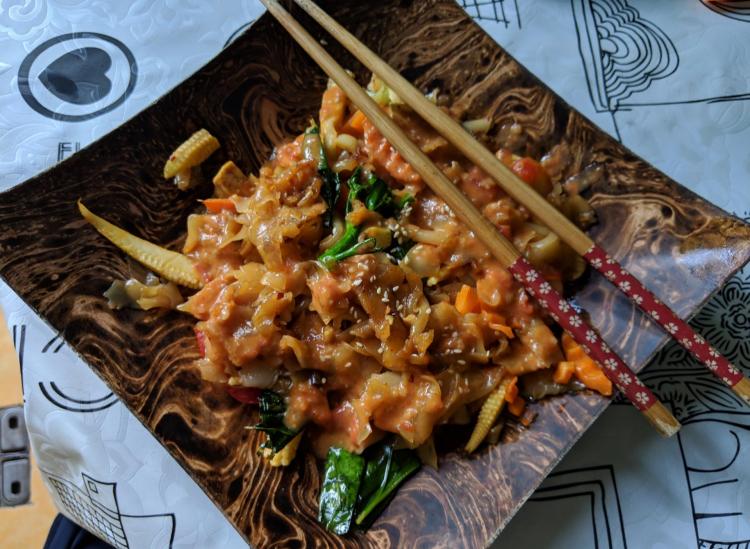
Libby Ryan
We would be lying if we didn’t take a trip to Thailand partly just to eat as much Thai food every day as we could possibly fit into three meals (and a healthy helping of daily snacks). But back stateside, we’re craving those perfect noodle, curry and rice dishes we ate constantly.
Anticipating the hankerings for pad Thai, Massaman curry and pineapple fried rice, we took a cooking class in Chiang Mai to learn about the secrets behind our favorite dishes and how to mimic the flavors at home. Here are seven things we discovered that changed our Thai cooking game for good.
1. Go for fresh foods whenever possible.
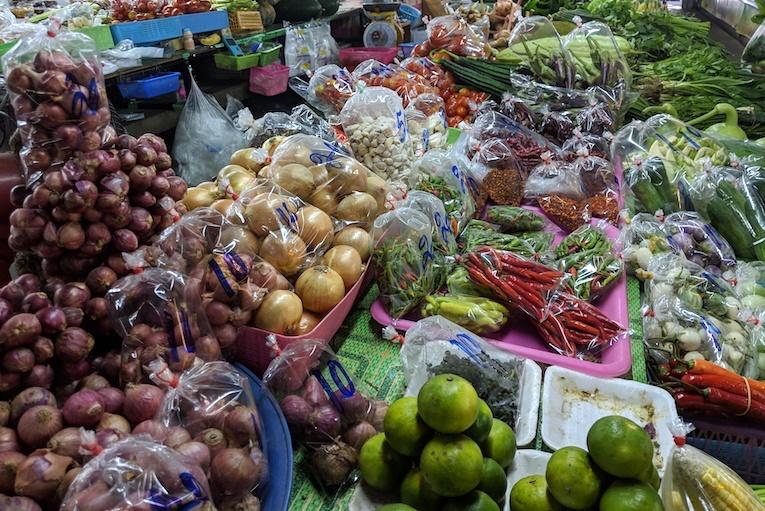
Libby Ryan
We know it’s much easier to pull garlic powder off the spice rack than to keep fresh cloves on hand, but if you want truly flavorful food, get the fresh stuff. Powdered spices and herbs don’t pack the same punch as the real deal. So check your local supermarket for fresh garlic, onions, ginger and basil.
2. It’s all about the extra ingredients.
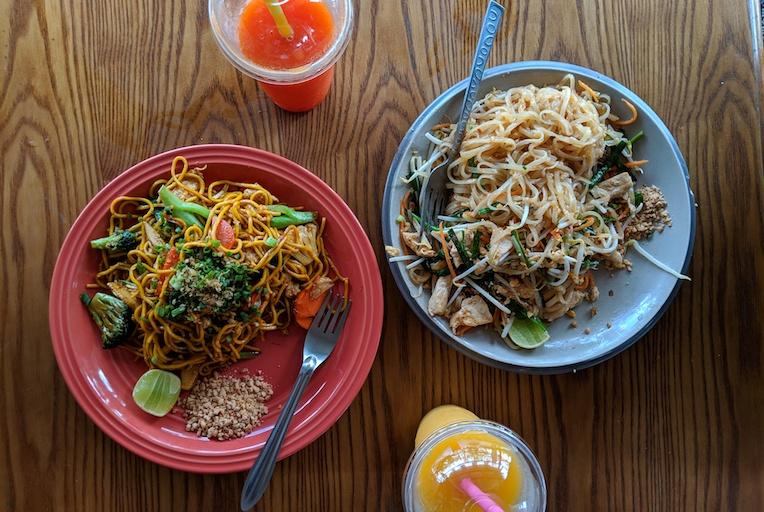
Libby Ryan
It can be tempting to Google a recipe for ‘easy pad Thai’ but, friend, that’s why your creation is tasting pretty meh compared to that dreamy dish you ate on the streets of Bangkok. That means adding some foods to your grocery list, including ones you might wonder if you can skip or substitute. But trust us, you want that tamarind juice and tofu. It makes big a difference.
3. There are many ways to add salt, but saltiness is key.
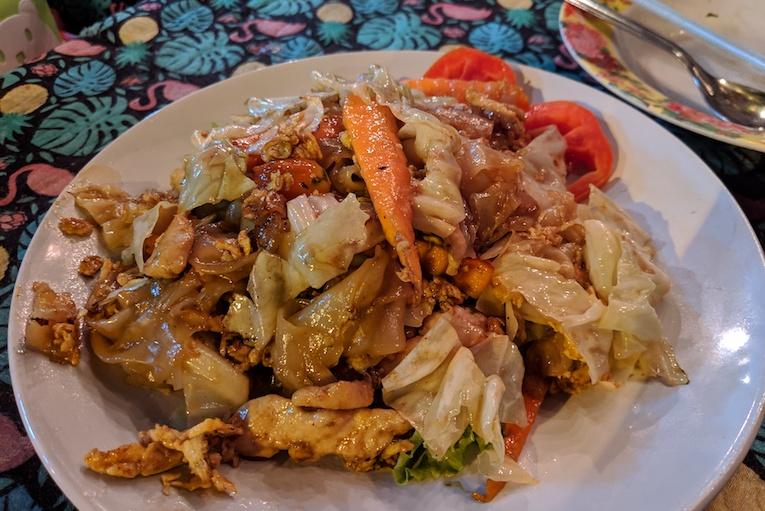
Libby Ryan
Thai food is recognizably salty, but it’s not simply salt that makes dishes pop. Authentic recipes use soy sauce, fish sauce, oyster sauce or even a mixture of all three. These ingredients are likely sold right in your local supermarket, and a bottle of each will last you through quite a few dishes.
Pro Tip: If the fish sauce is too fishy for you, you can use half the required fish sauce and the remaining amount can be soy sauce.
4. Color is a good indicator of flavor.
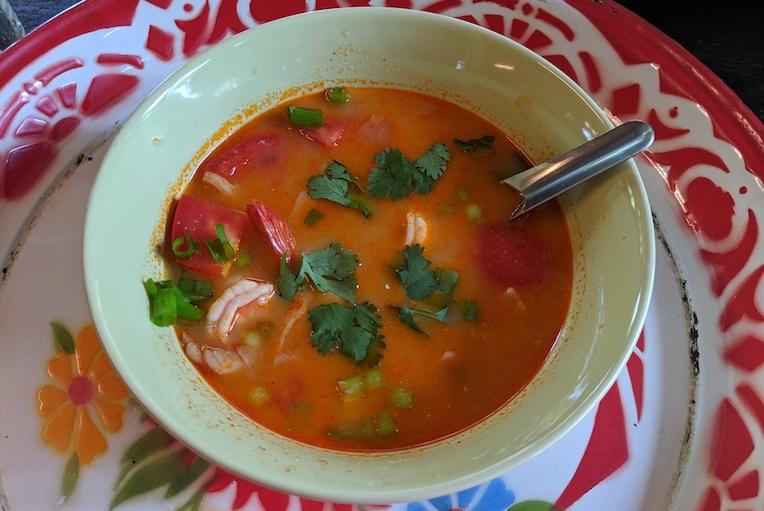
Libby Ryan
When making Thai soups and curries, you want to see bright, beautiful colors in your pot and, eventually, in your bowl. You can usually rely on color cues to make sure your ratios of sauces, coconut milk and spices are right. If the color test fails, move on to taste testing.
5. High heat is a little scary but totally necessary.
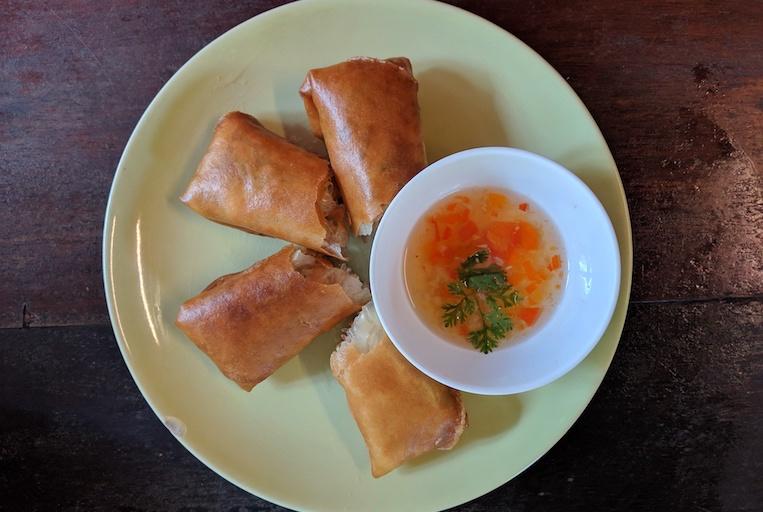
Libby Ryan
Cooking in a wok requires high heat. If you drop a little bit of water in the pan, you should hear a hiss and see a bit of smoke coming off any oil (a little, not enough to set off your smoke alarms). Looking to cook some spring rolls? That oil has to be super hot to get the spring roll wrappers nice and crisp.
6. You need some spice (even if you’re a baby about hot peppers).
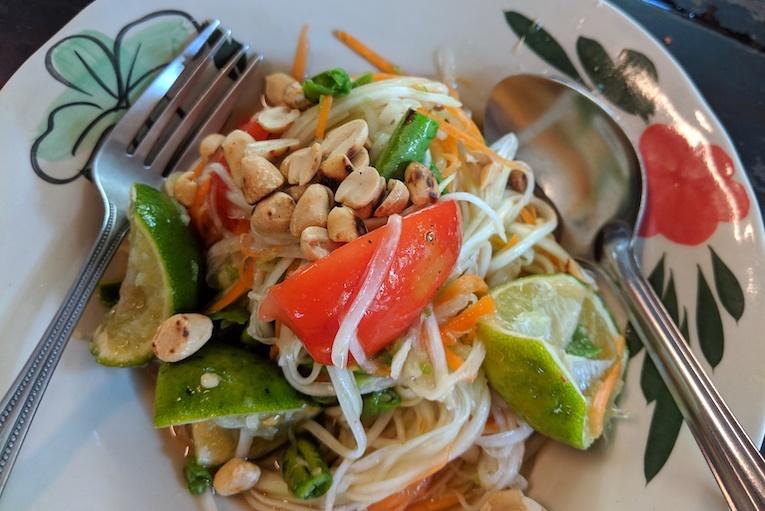
Libby Ryan
Picky eaters visiting Thailand often worry about the spice levels in the dishes in the country. But even if you shy away from the hottest curries, you need some heat to make it authentic. The spicey notes bring out the other flavors. So if a recipe calls for a hot pepper, we suggest using at least a little bit.
7. Don’t overlook garnishes.
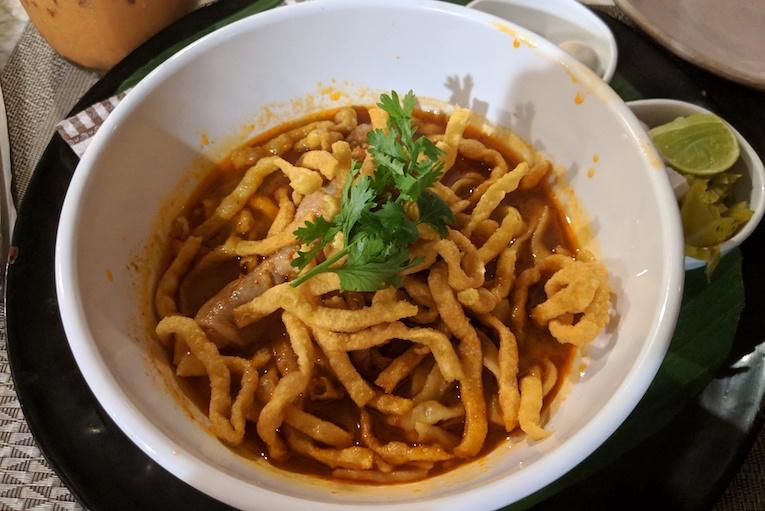
Libby Ryan
When a recipe says to add an ingredient as a garnish, a home cook might think it’s a skippable step. But in Thailand, the garnishes can be key. Think chopped peanuts on top of pad Thai or papaya salad, fried egg noodles on top of soup, or a sliced pepper on top of curry. That way, you get a little extra pizazz with every bite.
Craving some pad Thai now? Try these tips out in your own kitchen! We promise it’s worth picking up the extra ingredients.
RELATED
This Is The Most Delicious Thai Food You’ve Never Heard Of
The Best Underrated Thai Dishes You Can Find In 3 Regions Of Thailand
All The Delicious Reasons Why You Need To Visit A Night Market In Thailand











